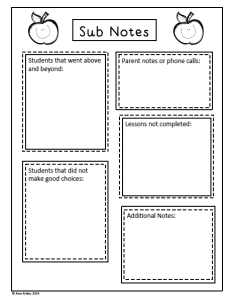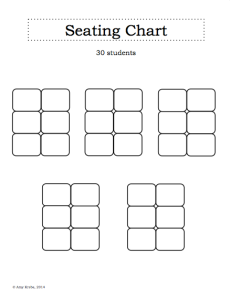I love to teach MATH! I think the best part of math is watching when the little light bulb goes on above the kids heads. Those "Ah Ha!" moments are the ones that I live for. I also love it when my kids are having so much fun in math class that they don't even realize that they learned something that day. One way I try to make that happen is to play math games. One of my favorites is Telling Time Go Fish. Go Fish may be an oldie but I have to say that it's one that a lot of kids don't know about these days which makes it feel fresh to them. What I like about the rules of Go Fish is that it makes the kids use math reasoning and math vocabulary in order to get what they are looking for. In Telling Time Go Fish the kids need to find a time shown in three different ways - analog, digital and words.
I created these cards for my kids to use and photocopied them onto different colors of card stock. That way I can easily keep track of which cards go with which deck.
We used these after we had spent a lot of time working on the quarter hour. I found that using all three cards was a nice challenge for my mid to higher level kids. For my approaching kiddos I took out one type of card, like all of the word cards or all of the digital time cards and had them make matches with only two cards. There were plenty of cards in the deck to play both ways and it was a quick and easy way to differentiate the lesson.
I also created the same style of cards using time to the minute instead of the quarter hour. We played Go Fish with those cards later in the unit. I don't have a picture of those, but here is a screen shot of one of the pages I created.
The kids loved this game and kept begging to play it throughout the unit. After we were done with them, I fixed both sets up for you and posted them on my Teachers Pay Teachers store. You can click on the links below to check them out.
 |
| Telling Time to the Minute |
 |
| Telling Time to the Quarter Hour |













































